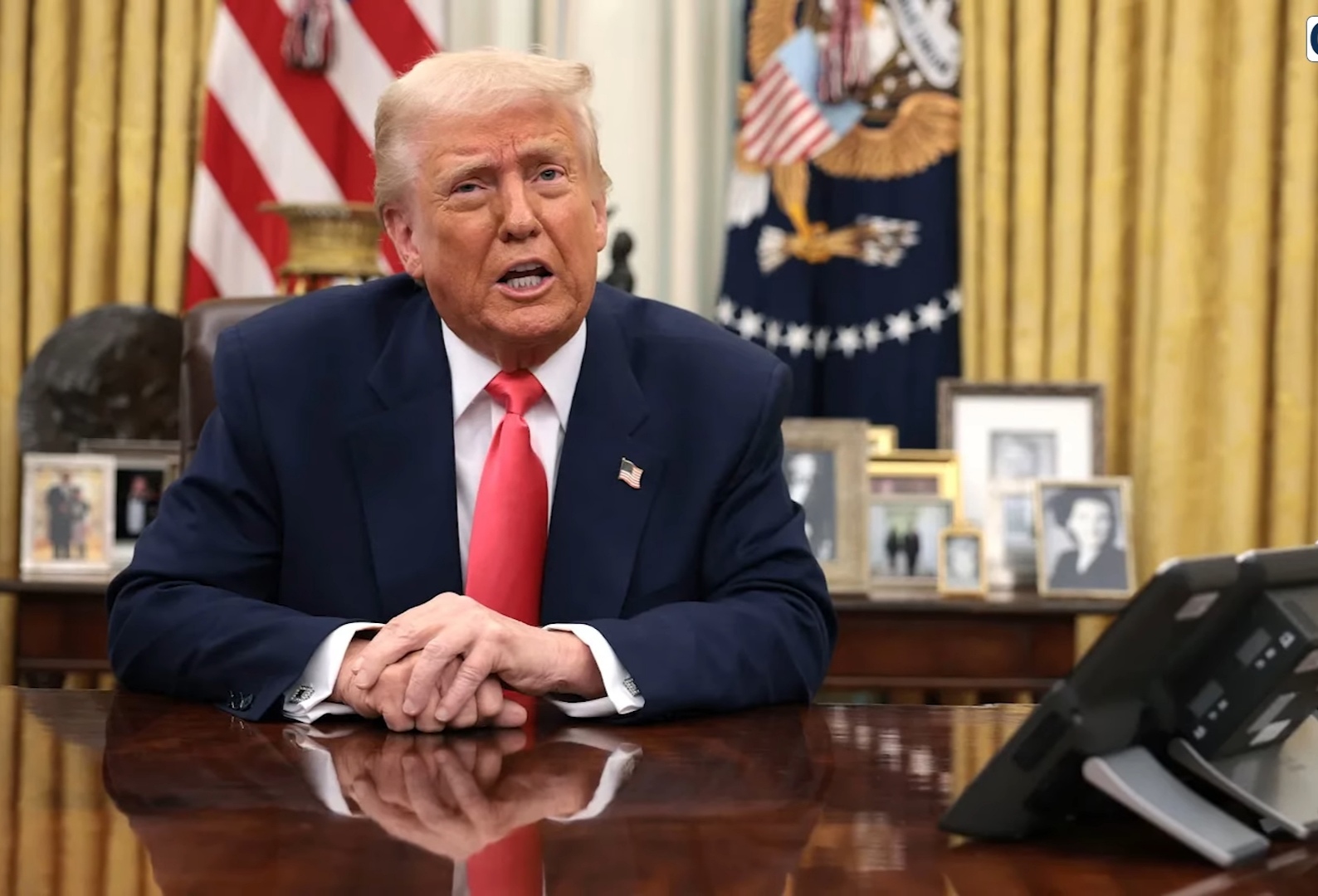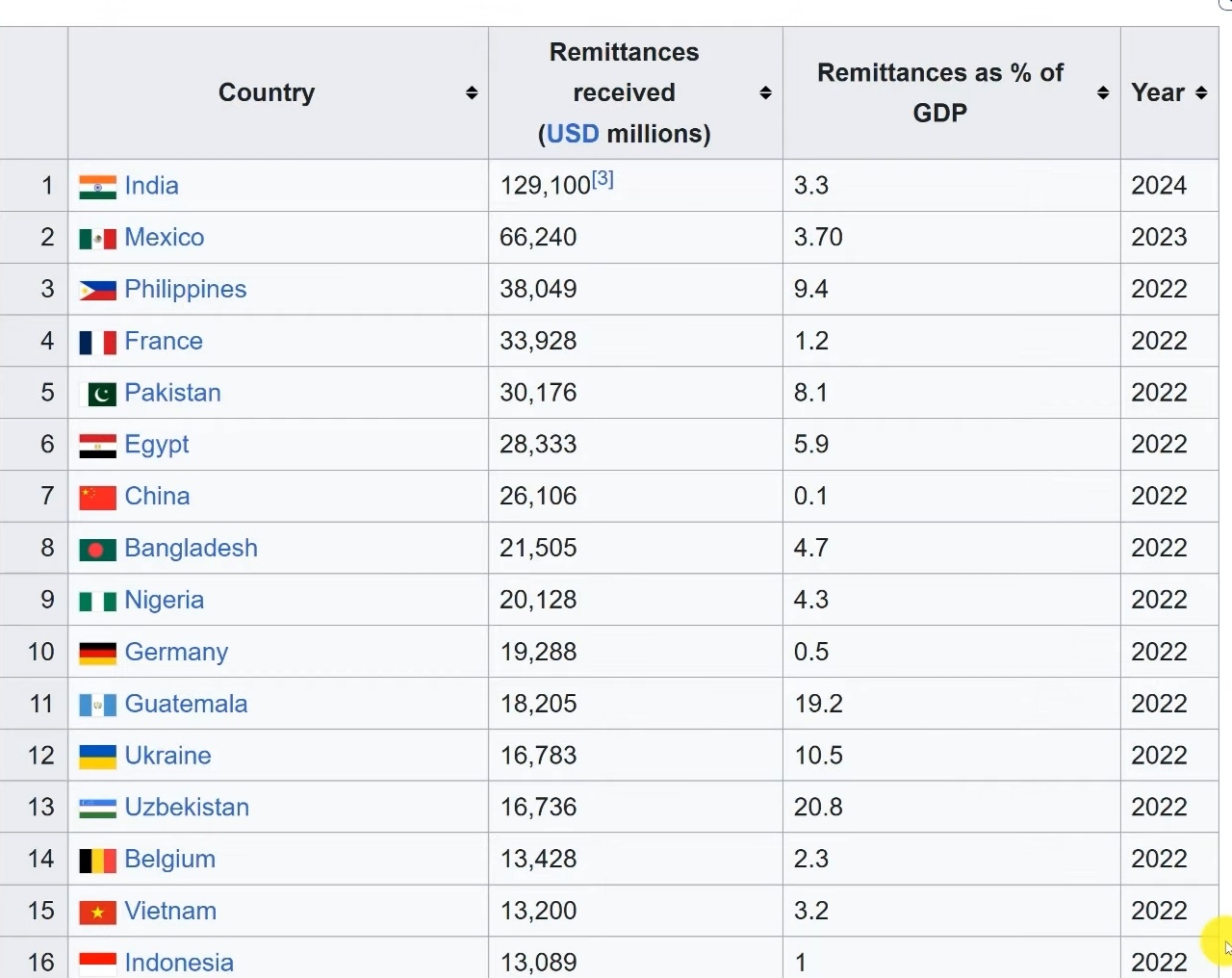In a major policy move that could have far-reaching effects on the Indian diaspora and India’s economy, former U.S. President Donald Trump has proposed a sweeping bill known as the “One Big Beautiful Bill.” Among its various measures, the bill includes a 5% tax on remittances sent abroad by non-citizens, which would include H-1B visa holders, green card holders, and undocumented immigrants .This proposed tax has raised alarms, especially within the Indian-American community, which is one of the largest immigrant groups in the U.S. Currently, India is the world’s top recipient of remittances, and over 28% of India’s total remittance inflow comes from the United States alone. In financial year 2023-24, this amounted to tens of billions of dollars that supported millions of families back home in India.
.This proposed tax has raised alarms, especially within the Indian-American community, which is one of the largest immigrant groups in the U.S. Currently, India is the world’s top recipient of remittances, and over 28% of India’s total remittance inflow comes from the United States alone. In financial year 2023-24, this amounted to tens of billions of dollars that supported millions of families back home in India.
Experts estimate that the Indian diaspora could face an additional $1.6 billion in remittance costs annually if the bill is passed. For many Indian families, especially in rural and semi-urban areas, these remittances are a vital source of income used for daily expenses, education, medical care, and housing.
The economic impact on India could also be significant. Remittances are an important source of foreign exchange, helping India maintain a stable balance of payments and currency reserves. A reduction in the volume of funds sent from the U.S. could affect India’s macroeconomic stability and widen the current account deficit.
Critics also warn that this tax may drive remittances into informal or illegal channels, such as hawala networks, which could bypass regulatory oversight and increase financial risks for senders and recipients alike.
The bill is still under consideration and has not yet been passed into law. However, its potential passage has already sparked concern among financial experts, immigrant rights groups, and international economists. They argue that such a move would not only burden hardworking immigrants but also strain U.S.-India economic relations.
If enacted, this policy could have a direct negative impact on millions of Indian households, making it harder for families to support themselves and potentially slowing domestic consumption in India. It also raises broader questions about the treatment of immigrant communities in U.S. policy-making